1. They Breathe Air but Live in Water
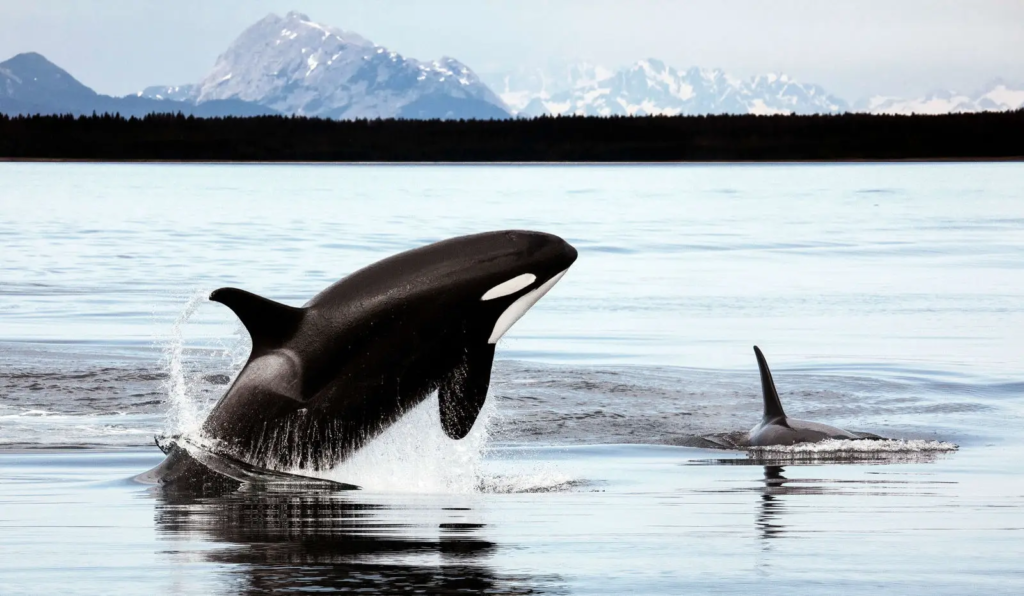
Whales might live in the ocean, but don’t let that fool you—they’re air-breathers like you and me. This means they have to surface regularly to fill their lungs, even though they spend nearly their entire lives underwater. It’s a pretty precarious setup when you think about it. Unlike fish, which can breathe through gills, whales rely on their blowhole—a glorified nostril on top of their heads—to gulp down air. Every dive they take is a calculated risk because if they run out of oxygen and can’t surface in time, they’re in big trouble. Can you imagine living with a built-in countdown clock for every activity you do? It’s not just inconvenient; it’s downright stressful. Yet somehow, whales manage to pull this off daily, diving to incredible depths and holding their breath for up to 90 minutes. Still, you have to wonder if they ever wish they could just breathe like a fish and call it a day.
2. They’re Warm-Blooded but Don’t Have Fur
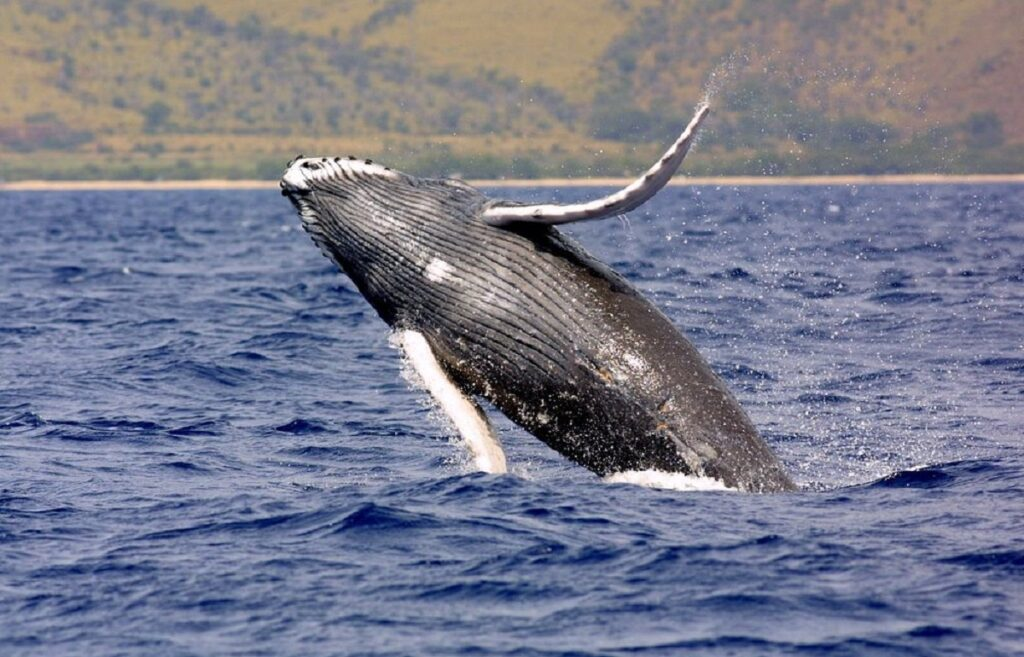
As mammals, whales are warm-blooded, which means they need to maintain a steady body temperature no matter how cold the water gets. Most warm-blooded animals, like polar bears or otters, have thick fur to keep them cozy, but whales? Not so much. Instead, they rely on a thick layer of blubber to insulate their massive bodies. While blubber does the job, it’s not exactly versatile. It doesn’t provide the same flexibility or agility as fur, and it certainly doesn’t win any points for style. Plus, if a whale loses too much of its blubber—say, from illness or food scarcity—it can struggle to stay warm, making survival even harder. It’s like walking around in a permanent puffer jacket that you can’t take off, even when it’s sunny. Also, fun fact: some baby whales are born with a tiny bit of hair, which they lose shortly after birth. Evolution clearly toyed with the idea of fur and then abandoned it halfway through.
3. They Give Birth Underwater but the Baby Needs Air
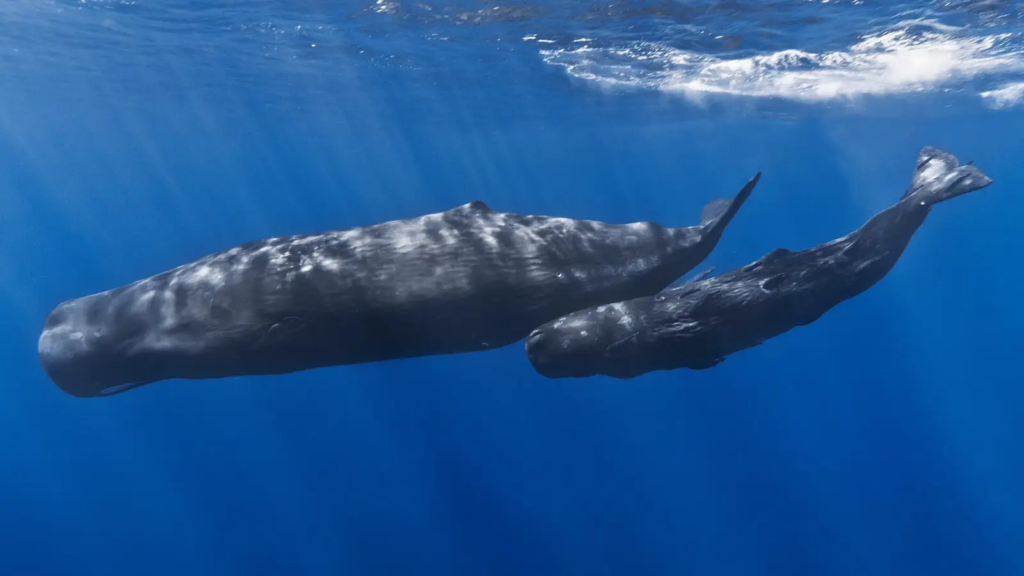
Picture this: you’re a newborn whale, and the first thing you experience in life is the struggle to breathe. Unlike fish, which are born ready to swim and breathe underwater, whale calves have to immediately be pushed to the surface for their first breath. This requires mom to be on high alert during the birthing process, guiding her baby to safety as quickly as possible. And we’re not talking about shallow water here—whales often give birth in the open ocean, where currents, predators, and exhaustion are constant threats. Imagine the logistics of delivering a baby that can’t survive without your immediate intervention. It’s both heartwarming and a little nerve-wracking to think about. On top of that, whale moms have to nurse their calves with thick, fatty milk to help them grow fast enough to survive the harsh ocean environment. It’s a lot of responsibility for an animal that already has plenty of evolutionary quirks to deal with.
4. Their Flippers Have Fingers
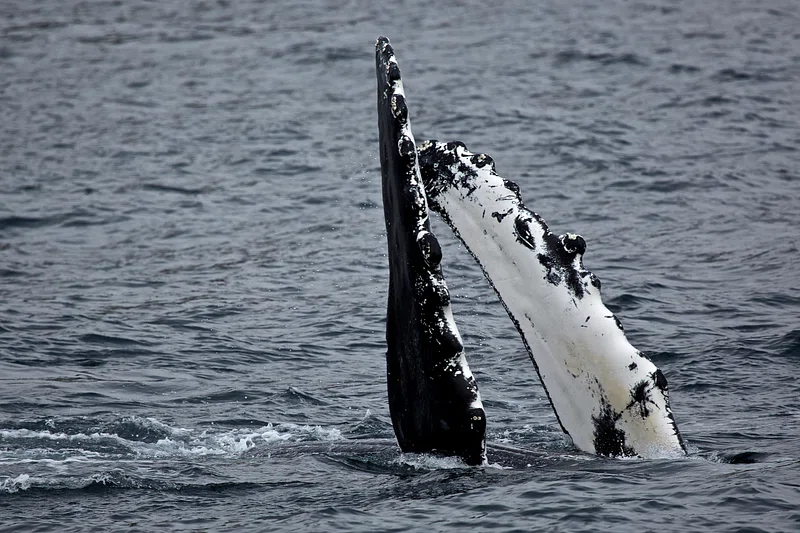
Did you know whales have fingers? Well, sort of. Beneath their streamlined flippers lie bone structures that look eerily similar to a human hand, complete with a “wrist” and “fingers.” It’s a weird reminder that whales’ ancestors once walked on land before deciding the ocean was cooler (literally and figuratively). The idea was to evolve into sleek swimming machines, but instead, they’re swimming around with what’s basically a leftover pair of hands. These finger-like bones don’t really do much except provide structural support for their flippers, which they use to steer and stabilize themselves in the water. It’s as if evolution got halfway through saying, “Let’s turn these arms into fins!” and then called it a day. On top of that, having fingers doesn’t exactly make them better swimmers compared to fish, which have evolved more efficient fin shapes. Whales are doing their best, but you can’t help but feel like they’re carrying a bit of evolutionary baggage.
5. They’re Huge but Eat Tiny Food
Whales are some of the largest animals on Earth, with blue whales reaching lengths of up to 100 feet. You’d think a creature that size would feast on something equally massive, right? Wrong. Many whales, especially baleen whales like the blue whale, survive on a diet of krill—tiny shrimp-like creatures barely the size of your pinky finger. They eat by gulping down massive amounts of water, then filtering out the krill with their baleen plates. It’s an effective system, but also kind of ironic. Imagine a giant living skyscraper fueling itself with microscopic snacks. To keep their massive bodies running, whales have to eat tons of krill every day—literally. This makes them heavily dependent on abundant krill populations, which are at risk due to climate change and overfishing. For all their size and power, whales are surprisingly fragile giants, tied to some of the smallest creatures in the ocean.
6. They Have a Hole in Their Head for Breathing
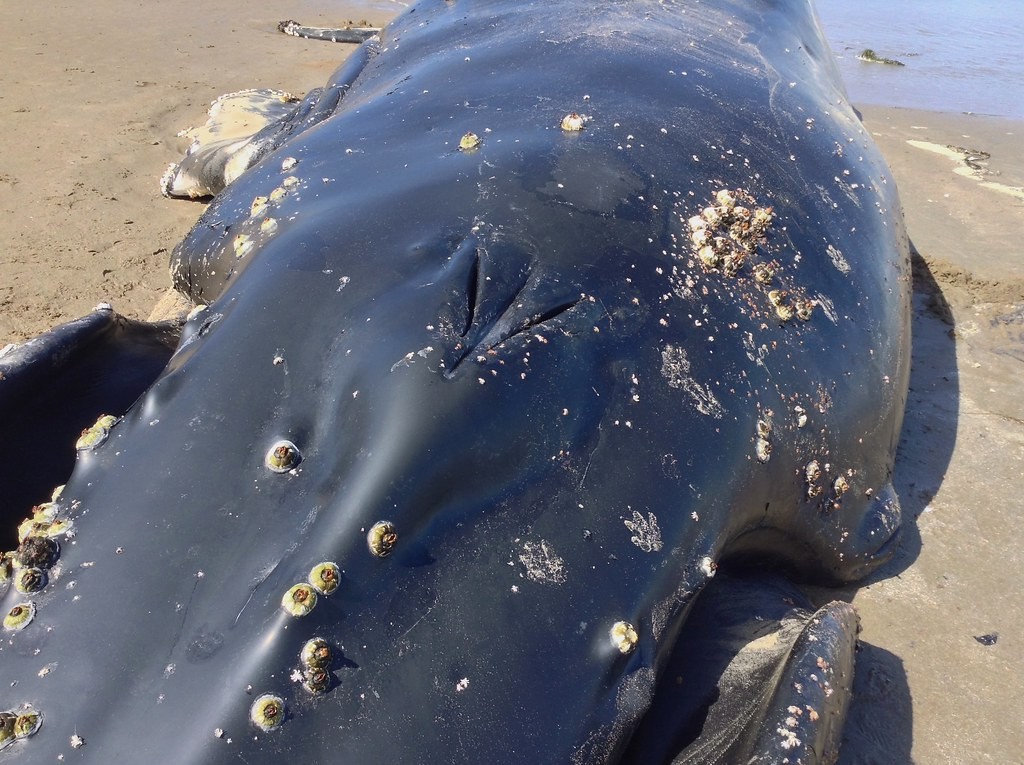
Blowholes are one of the most unique and oddly placed features in the animal kingdom. Unlike most mammals, which breathe through their mouths and noses, whales use a single blowhole (or two, depending on the species) located on the top of their heads. It’s an ingenious adaptation for surfacing quickly to breathe, but also a bit odd if you think about it. Imagine if you had to breathe through a hole on your head instead of your nose. And the blowhole isn’t just for breathing—it’s also where whales expel air and moisture, creating that iconic spout of water. But here’s the kicker: if water accidentally gets into the blowhole while they’re surfacing, it’s like an instant choking hazard. For an animal that spends its entire life in the water, that seems like a pretty major design flaw. Evolution: 1, whales: 0.
7. They Can’t Drink the Water They Swim In
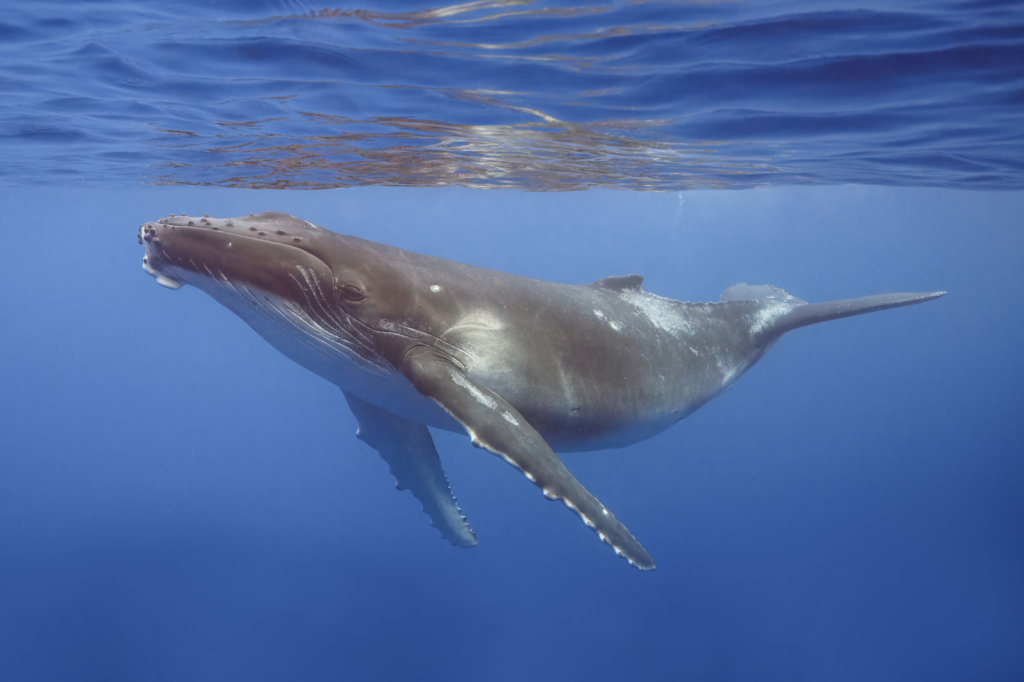
Despite living in the ocean, whales don’t drink salt water as you may think. Their kidneys aren’t equipped to handle the high salt content, so they have to rely on the moisture in their food to stay hydrated. It’s a bizarre twist of fate for creatures that are literally surrounded by water. Imagine swimming in a pool all day but only being allowed to sip smoothies. This means whales are heavily reliant on finding enough prey to meet both their nutritional and hydration needs. If food is scarce, dehydration becomes a real problem. Fish don’t have this issue, as they can process saltwater efficiently, so once again, whales are at a disadvantage. It’s a reminder that while they’ve adapted to the ocean in many ways, they’re still tethered to their mammalian roots.
8. Their Ears Are Built for Land
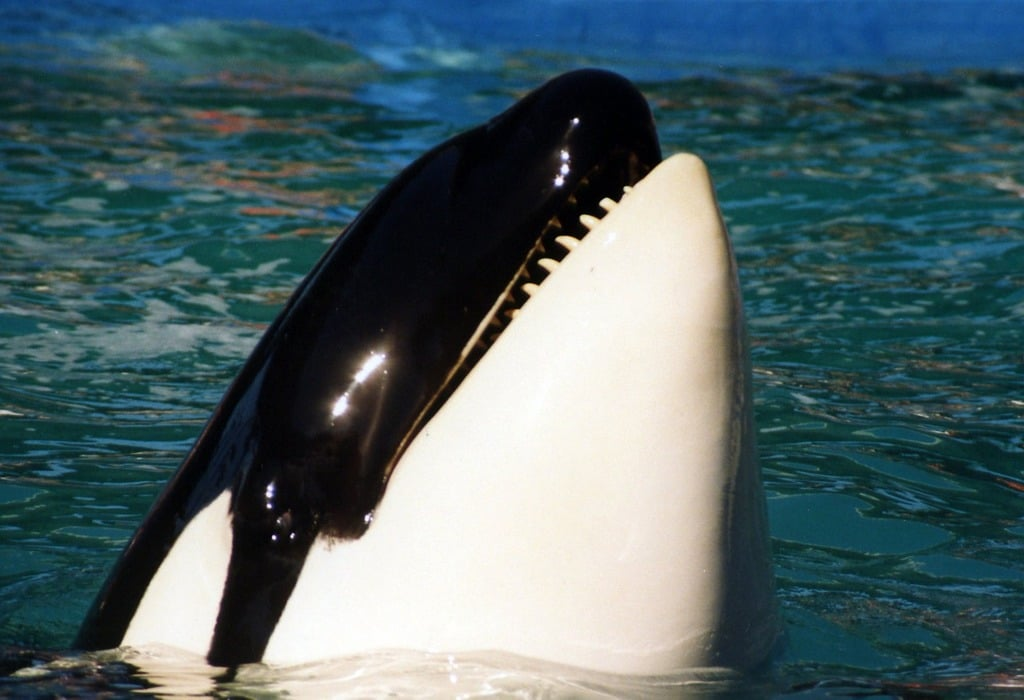
Hearing is a big deal for whales. They rely on sound to navigate, communicate, and hunt in the vast, dark ocean. But here’s the catch: their ear anatomy is still more suited for life on land than underwater. Unlike fish, which are perfectly adapted to hear underwater, whales have had to make some clunky evolutionary compromises. For example, they don’t have external ear openings like we do, which helps prevent water from getting in. But their inner ear structures are still based on land-mammal designs, which means their hearing isn’t as efficient as it could be. To compensate, many whales have developed echolocation, a sonar-like system that allows them to “see” with sound. It’s an amazing adaptation, but it feels like a workaround for a problem that shouldn’t exist in the first place. Evolutionary patchwork at its finest.
9. They Sleep One Brain Half at a Time
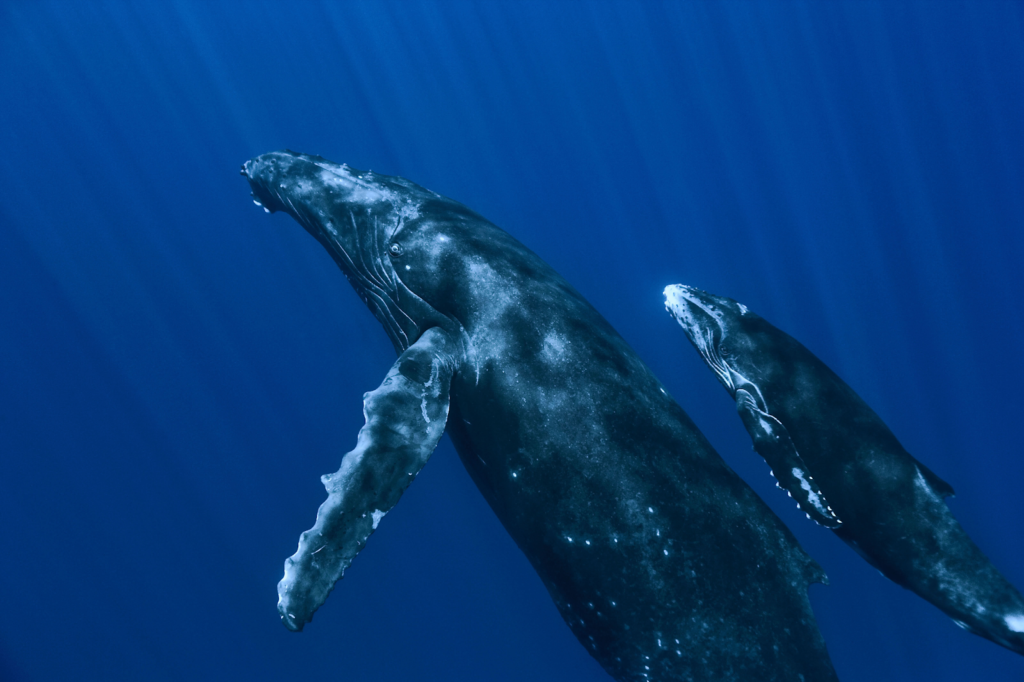
Sleep is a universal need for most animals, but whales take it to a whole new level of weird. Because they have to breathe air at the surface, they can’t afford to completely shut down like land mammals do. Instead, they sleep with one half of their brain at a time, leaving the other half awake to keep an eye out for predators and to make sure they surface for air. Imagine trying to recharge your body while still being partially awake—exhausting, right? This unique sleep pattern, called unihemispheric slow-wave sleep, lets them survive in a world where drowning is a constant threat. However, it’s not exactly the deep, restful sleep most creatures enjoy. Scientists believe this kind of “half-sleep” might explain why whales sometimes end up stranded—they could simply be too tired to function properly. So the next time you feel groggy after a bad night’s sleep, spare a thought for whales, who never get a full shut-eye session.
10. They’re Giant, but They Can’t Walk

Animalia
Whales weren’t always ocean dwellers. Millions of years ago, their ancestors roamed the land on four legs. Over time, they evolved to thrive in the water, but their skeletons still carry traces of their terrestrial past. Inside their massive bodies are remnants of pelvis bones and hind limbs that serve no real purpose anymore. It’s like carrying around a souvenir from a life they left behind. The downside? Unlike fish, which are perfectly built for swimming, whales are awkwardly adapted to the water. And if they end up on land—whether stranded or stuck in shallow waters—they’re completely helpless. Without the support of water to buoy their enormous weight, their bodies can’t handle gravity, and their organs can collapse under their own mass. It’s a sobering reminder that while whales dominate the oceans, they’re also uniquely vulnerable creatures.
11. They Can’t Stay Still for Long

Whales are constantly on the move, even when they’re sleeping. Why? Because they need to keep water flowing over their blowholes to breathe, and some species, like sperm whales, rely on movement to keep oxygen-rich water flowing over their bodies. This means that even when they’re resting, they’re still swimming—albeit slowly. Imagine trying to relax while on a perpetual treadmill. It’s not exactly a leisurely existence. For some species, staying still for too long can even cause them to overheat, as they rely on water movement to regulate their temperature. It’s yet another quirk that shows how whales have adapted in clever ways but still deal with major compromises. For an animal that spends its life in the open ocean, you’d think evolution might have granted them a bit more downtime. But nope—whales are stuck in survival mode 24/7.
12. They Have Mammal Bloodlines but Fishy Ancestors
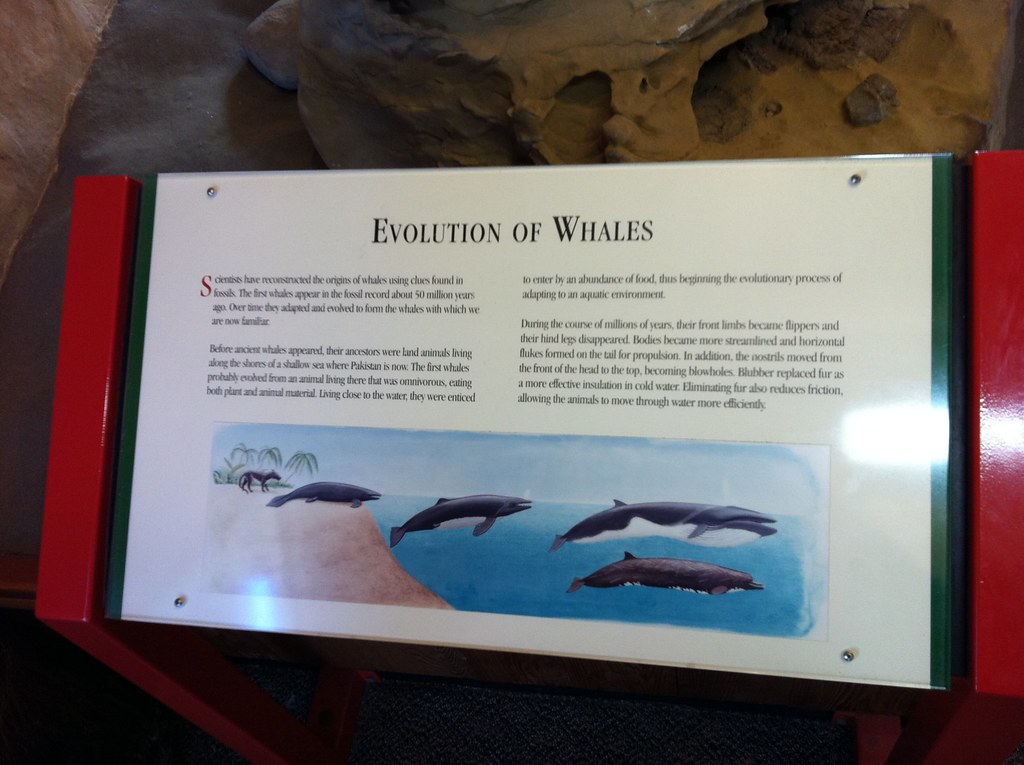
Whales are like the awkward cousins at a family reunion, straddling two very different evolutionary lineages. They’re mammals, sure, but their evolutionary history is rooted in fishy ancestors that decided to walk on land, only to return to the water millions of years later. This back-and-forth journey has left whales with a grab bag of traits from both sides. They breathe air, give birth to live young, and produce milk, just like any other mammal. But they also swim, have fins, and live in water like fish. It’s a hybrid design that’s remarkable but riddled with inefficiencies. Instead of fully embracing life in the ocean like fish, whales are constantly battling their mammalian biology to survive in an aquatic world. They’re a living testament to evolution’s messy, trial-and-error approach to adaptation. And honestly, that’s what makes them so fascinating.


